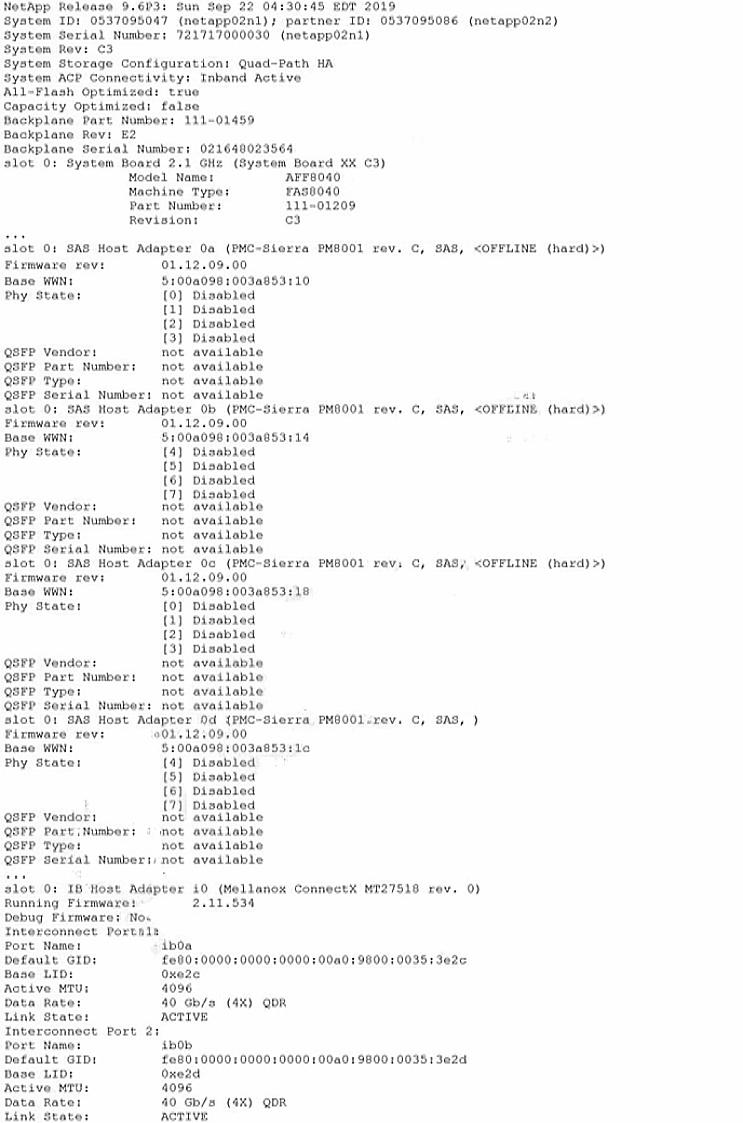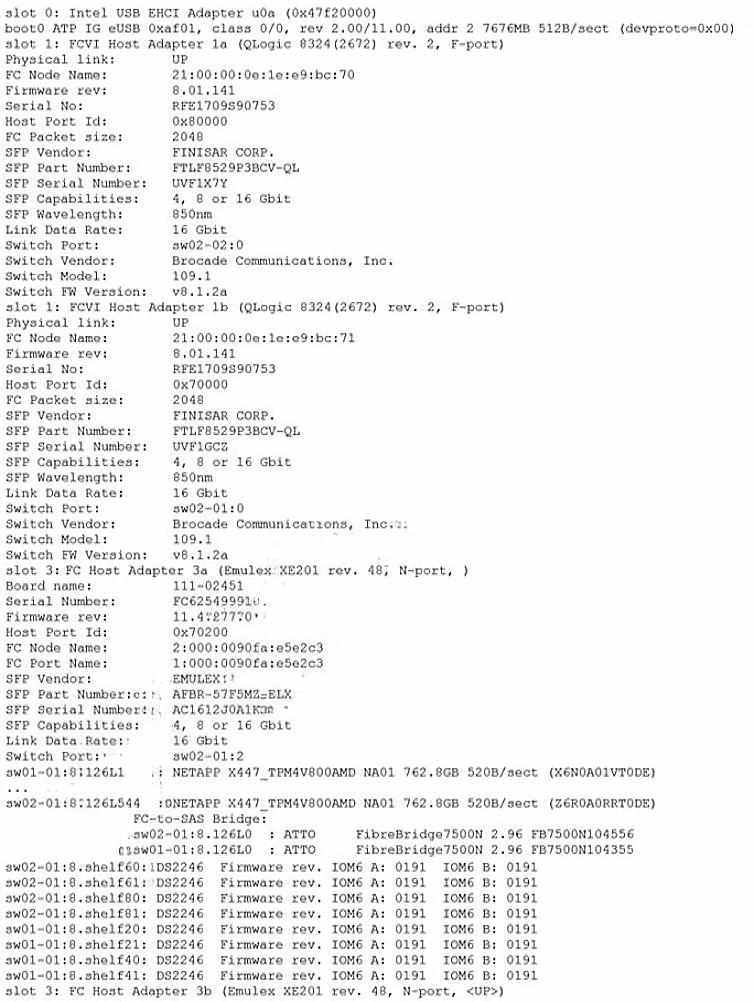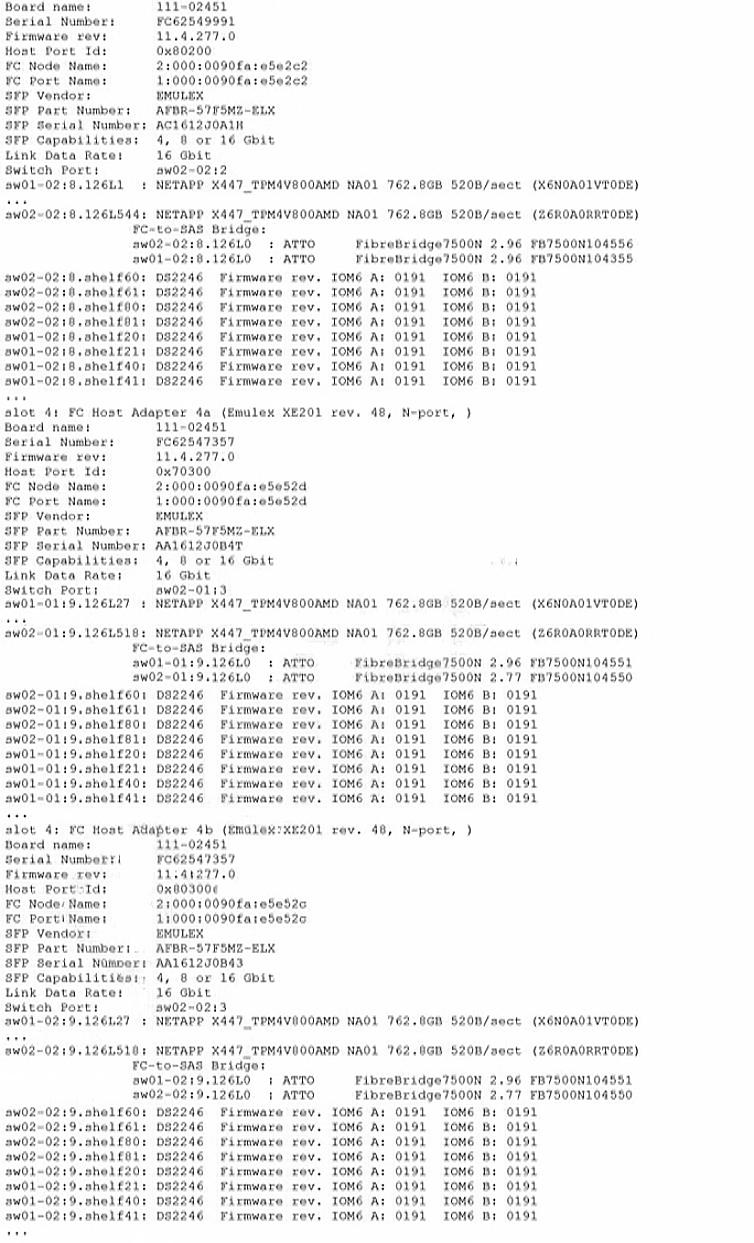You are working on a fabric MetroCluster. After a site failure, the plex starts to resync automatically to the aggregate mirror of Aggr1. The plex now shows a status of resyncing. During this process, you experience a slow resync of the SyncMirror plex.
In this scenario, how do you solve the problem?


